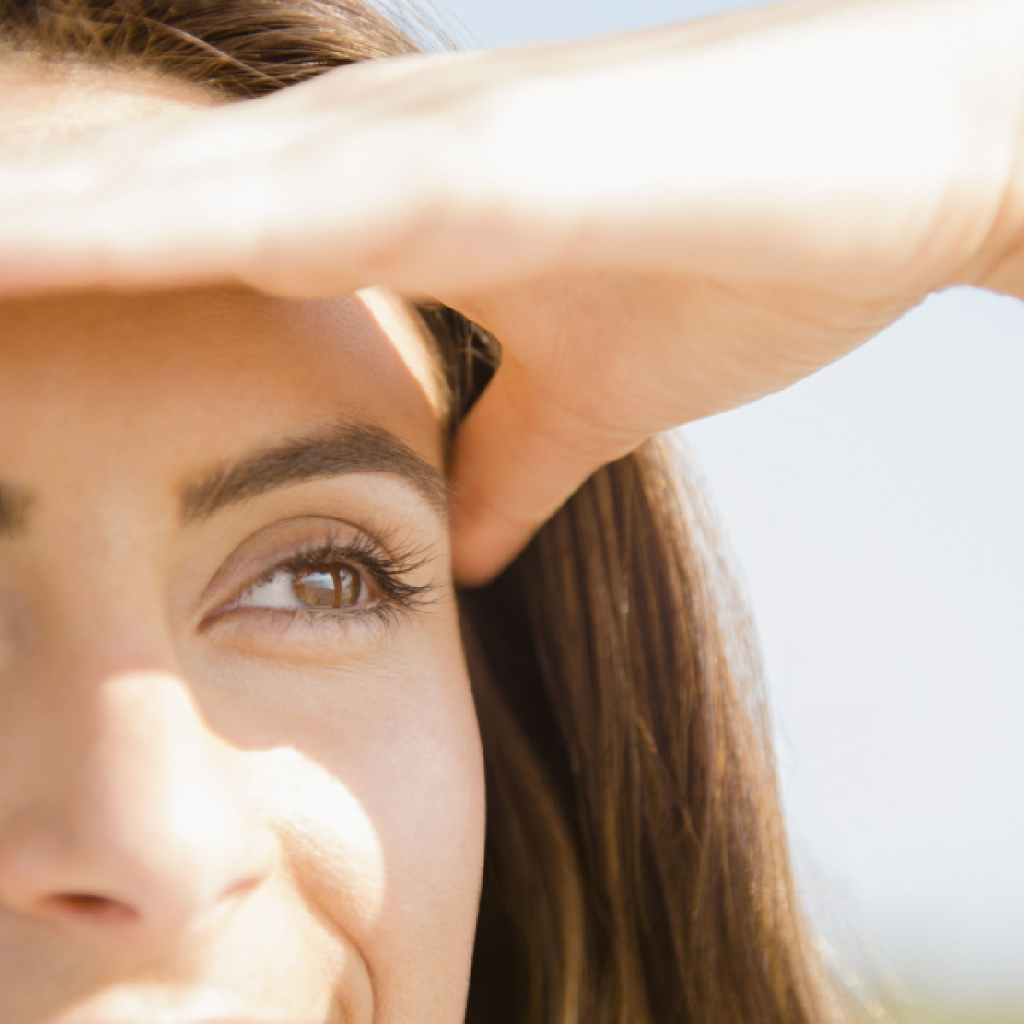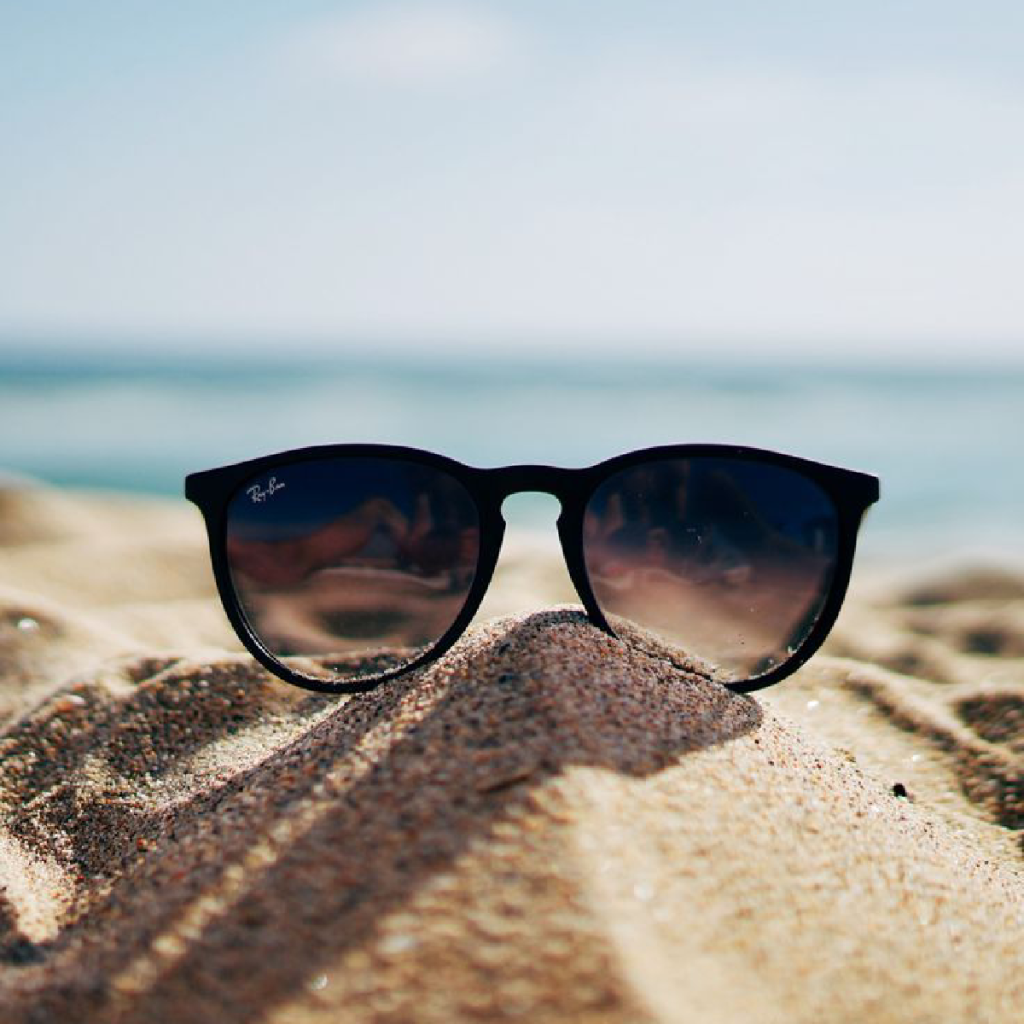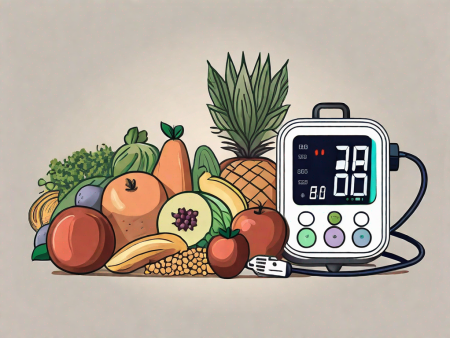Discover the effects of UV rays on eye health and learn how to protect your eyes from potential damage.
How Do UV Rays Impact Eye Health?
Do you know that your eyes are constantly at risk from the harmful effects of UV rays? It’s true! Understanding the impact of these rays on our eye health is crucial for protecting our vision. So, let’s dive right in and explore the fascinating world of UV rays and our precious peepers!

Understanding UV Rays
UV rays, or ultraviolet rays, are invisible wavelengths of light emitted by the sun. These rays are divided into different types, each with its own characteristics and effects on the body.
When we think of the sun, we often associate it with warmth and light. However, it also emits ultraviolet radiation, which is invisible to the naked eye. This radiation is classified into three main types: UVA, UVB, and UVC. While UVC rays are absorbed by the Earth’s atmosphere and do not reach us, UVA and UVB rays have significant implications for our health.
The Science Behind UV Rays
UV rays fall into three main categories: UVA, UVB, and UVC. UVA rays have longer wavelengths and can penetrate the deeper layers of our skin and eyes. These rays are responsible for the premature aging of the skin, such as wrinkles and age spots. Additionally, UVA rays can also pass through glass, making it important to protect your skin even when you are indoors or in a car.
On the other hand, UVB rays have shorter wavelengths and primarily affect the outer layers of our skin and eyes. These rays are the main cause of sunburns and play a key role in the development of skin cancer. UVB rays are more intense during the summer months and at higher altitudes, making it crucial to take extra precautions during these times.
Both UVA and UVB rays can cause damage to the DNA in our skin cells, leading to mutations that can result in skin cancer. It’s important to protect against both types of rays to reduce the risk of developing skin cancer and other sun-related health issues.
Different Types of UV Rays
UVA rays have longer wavelengths and can penetrate the deeper layers of our skin and eyes. Although they are less intense than UVB rays, they are present throughout the year and can penetrate clouds and glass. UVA rays are responsible for the immediate tanning effect on the skin, which is actually a sign of skin damage. Over time, repeated exposure to UVA rays can lead to the breakdown of collagen and elastin, resulting in premature aging, wrinkles, and sagging skin.
UVB rays, on the other hand, have shorter wavelengths and primarily affect the outer layers of our skin and eyes. These rays are more intense during the summer months and at higher altitudes. UVB rays are responsible for the redness and sunburns we experience after spending too much time in the sun without protection. Prolonged exposure to UVB rays can also weaken the immune system, making it harder for the body to fight off skin cancer cells.
It’s important to note that both UVA and UVB rays can cause damage, so it’s crucial to protect against them. This can be done by wearing sunscreen with broad-spectrum protection, which blocks both UVA and UVB rays. Additionally, wearing protective clothing, such as wide-brimmed hats and sunglasses, and seeking shade during peak sun hours can further reduce your exposure to harmful UV rays.
The Human Eye and UV Exposure
To understand how UV rays impact our eyes, let’s take a closer look at the magnificent anatomy of this vital sensory organ.
The human eye is an incredibly complex and fascinating structure. It is a sensory organ that allows us to perceive the world around us through the sense of sight. The eye is responsible for capturing light and converting it into electrical signals that can be interpreted by the brain.
Anatomy of the Eye
The eye is composed of various parts, each with its own unique function. One of the outermost layers is the cornea, a transparent dome-shaped structure that covers the front of the eye. It acts as a protective barrier and helps to focus light onto the retina.
Beneath the cornea is the iris, the colored part of the eye. The iris controls the amount of light that enters the eye by adjusting the size of the pupil. It acts like a camera aperture, expanding or contracting to regulate the amount of light reaching the retina.
Behind the iris is the lens, a flexible and transparent structure that further focuses the light onto the retina. The lens changes its shape to allow us to focus on objects at different distances, a process known as accommodation.
The retina, located at the back of the eye, is a thin layer of tissue that contains millions of specialized cells called photoreceptors. These photoreceptors, known as rods and cones, are responsible for converting light into electrical signals. Rods are more sensitive to low light conditions and are responsible for peripheral vision, while cones are responsible for color vision and visual acuity.
How the Eye Processes Light
Now that we have a basic understanding of the eye’s anatomy, let’s explore how it processes light. When light enters our eye, it first passes through the cornea, which helps to focus the incoming light rays. The lens then further refines the light and directs it towards the retina.
Once the light reaches the retina, it interacts with the photoreceptor cells. These cells contain light-sensitive pigments that undergo chemical changes when exposed to light. When the pigments in the photoreceptor cells absorb light, they generate electrical signals that are transmitted to the brain through the optic nerve.
The brain then processes these electrical signals and interprets them as visual information, allowing us to perceive the world around us. This complex process happens in a fraction of a second and is crucial for our ability to see and navigate our environment.
However, the delicate process of light conversion can be disrupted by UV rays. UV rays are a type of electromagnetic radiation that is invisible to the naked eye. Prolonged exposure to UV rays can damage the cells in the eye, including the photoreceptors in the retina. This damage can lead to various eye conditions, such as cataracts, macular degeneration, and even certain types of eye cancer.
It is important to protect our eyes from UV exposure by wearing sunglasses that block out harmful UV rays. Additionally, regular eye exams can help detect any early signs of UV-related eye damage and allow for timely intervention.
The Effects of UV Rays on Eye Health
Now that we understand the intricate workings of our eyes, let’s explore how exposure to UV rays can impact our vision both in the short and long term.
Our eyes are incredibly complex organs that allow us to see the world around us. They are made up of various structures, including the cornea, iris, lens, and retina. Each of these components plays a crucial role in our ability to see clearly and accurately.
However, despite their remarkable design, our eyes are not invincible. They can be vulnerable to damage from various external factors, including UV rays.
Short-Term Effects of UV Exposure
Have you ever experienced redness, irritation, or a temporary loss of vision after a day at the beach? These are short-term effects of UV exposure. Prolonged exposure can lead to photokeratitis, commonly known as “sunburn of the eyes.”
When our eyes are exposed to excessive UV rays, the delicate tissues on the surface of the eye can become inflamed and irritated. This can cause symptoms such as redness, pain, and a gritty sensation. In some cases, the vision may become temporarily blurry or hazy.
While these symptoms are usually temporary and resolve on their own, it’s essential to protect our eyes from further damage by wearing sunglasses with UV protection and seeking shade when the sun is at its strongest.
Long-Term Effects of UV Exposure
The long-term consequences of unprotected UV exposure are more alarming. Extended periods of UV ray penetration increase the risk of developing cataracts and macular degeneration, two serious eye conditions.
Cataracts occur when the lens of the eye becomes cloudy, leading to blurry vision and difficulty seeing clearly. UV rays can accelerate the development of cataracts, especially in individuals who have had prolonged sun exposure throughout their lives.
Macular degeneration, on the other hand, affects the central part of the retina called the macula. This area is responsible for sharp, detailed vision. Prolonged exposure to UV rays can damage the macula, leading to a gradual loss of central vision and potential blindness.
It’s important to note that the effects of UV exposure on eye health are cumulative. This means that the damage caused by UV rays over time can add up, increasing the risk of developing these conditions later in life.
Fortunately, there are steps we can take to protect our eyes from UV damage. Wearing sunglasses that block 100% of UVA and UVB rays, using wide-brimmed hats to shade our eyes, and avoiding prolonged sun exposure during peak hours are all effective ways to reduce our risk.
By understanding the effects of UV rays on our eye health and taking proactive measures to protect our eyes, we can ensure that our vision remains clear and healthy for years to come.
Diseases Linked to UV Exposure
Let’s explore the specific diseases that are strongly associated with UV exposure and can have a significant impact on our eye health.
Cataracts and UV Rays
Cataracts occur when the protein in the lens of our eye becomes cloudy, leading to blurry vision. UV rays, particularly UVB rays, can accelerate the development and progression of cataracts.
When our eyes are exposed to UVB rays, the high-energy radiation can cause damage to the proteins in the lens. Over time, this damage accumulates, leading to the clouding of the lens and the formation of cataracts. It is important to note that while cataracts can develop due to various factors such as aging and genetics, UV exposure is a significant risk factor that can be minimized through proper protection.
Furthermore, studies have shown that individuals who spend a significant amount of time outdoors without adequate eye protection are more likely to develop cataracts at an earlier age compared to those who protect their eyes from UV rays. This highlights the importance of wearing sunglasses with UV protection and wide-brimmed hats to shield our eyes from harmful UV radiation.
Macular Degeneration and UV Rays
Macular degeneration affects the macula, the central part of the retina responsible for sharp, clear vision. UV rays, especially UVA rays, contribute to the degenerative changes that occur in this crucial area of the eye.
UVA rays, which have longer wavelengths compared to UVB rays, can penetrate deeper into the eye and reach the retina. Once in the retina, these rays can cause oxidative stress and damage to the cells of the macula. Over time, this damage can lead to the development and progression of macular degeneration.
It is important to note that macular degeneration is a leading cause of vision loss in older adults, and UV exposure is a modifiable risk factor that can be addressed. By wearing sunglasses that block both UVA and UVB rays, as well as wide-brimmed hats, we can significantly reduce our exposure to harmful UV radiation and potentially lower our risk of developing macular degeneration.
Additionally, it is worth mentioning that other factors such as smoking, high blood pressure, and a family history of macular degeneration can also contribute to the development of this condition. Therefore, adopting a comprehensive approach to eye health, including regular eye exams and a healthy lifestyle, is crucial in preserving our vision.
Protecting Your Eyes from UV Rays
Now that we know the risks, let’s explore ways to shield our eyes from the harmful effects of UV rays.

Importance of Sunglasses in UV Protection
Sunglasses are not just a fashion statement; they play a vital role in protecting our eyes from harmful UV rays. Look for sunglasses that block 100% of UVA and UVB rays for maximum protection.
Other Protective Measures Against UV Rays
Wearing wide-brimmed hats, seeking shade during peak sun hours, and using UV-blocking contact lenses are additional measures we can take to keep our eyes safe from UV damage.
Remember, protecting our eyes from UV rays should be a year-round priority, regardless of the weather. By taking the necessary precautions and staying informed, we can ensure the longevity of our eye health and continue to see the world in all its vibrant glory!







Thank you for your sharing. I am worried that I lack creative ideas. It is your article that makes me full of hope. Thank you. But, I have a question, can you help me?